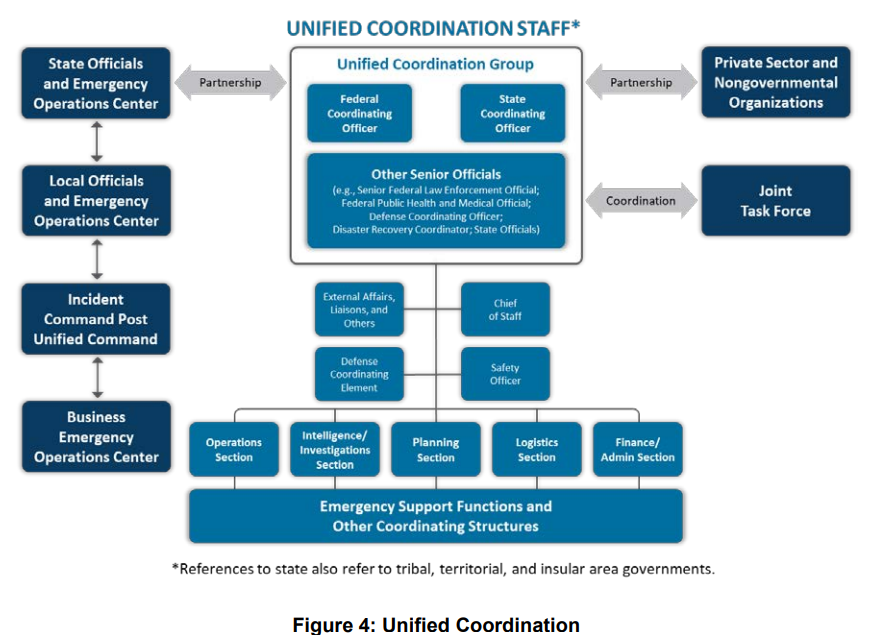Performance Contract Technical Manual
This document contains reference information in support of the Community Services Board Performance Contract to assist CSBs in maintaining compliance and technical expertise with the operation, administration, and management of CSB functions within the Code of Virginia and the Performance Contract.
Suggestions for additional resources for inclusion in this manual must meet the following criteria:
- Must be open-source/free to access.
- Must be relevant to all CSBs.
- Must be compliant with Virginia law and in support of Virginia’s strategic goals for the public behavioral health and developmental services system.
Suggestion may be submitted to performancecontractsupport@dbhds.virginia.gov.
Technical Support: Fiscal Management, Policies, and Procedures
I challenge you to imagine the possibilities for support of our CSB partners here. I have heard from EDs (current and former) of the challenges in on-boarding new fiscal staff and leadership. This area will contain up-to-date information supporting CSB success in fiscal matters. Examples:
- Recordings of Trainings for Reimbursement Pivot
- Consistently updated FAQs for fiscal matters related to WebGrants
- Recordings of vendor presentations for WebGrants roll-out
- Plenty more examples…
Disaster Preparedness, Management, and Response
This section supports CSBs in all Disaster and Emergency Management concerns. It closely relates to Addendum I – Administrative Requirements and Processes and Procedures, Appendix B Disaster Response and Emergency Preparedness Requirements of the Performance Contract.
Performance Contract Requirements:
The Performance Contract as three requirements for Disaster Preparedness.
Compliance with Stafford Act, the Code of Virginia, Virginia’s COVEOP
Section one requires CSBs to function within the Emergency Management system of Virginia with regard to the Stafford Act (which delineates how the federal declarations of emergency or major disaster implicate federal level support – financial or otherwise), Virginia’s Emergency Services and Disaster Law (which describes how Virginia acts to prepare for and respond to disasters including the role of the Virginia Department of Emergency Management, the powers of the Governor, and more), and Virginia’s Emergency Operations Plan.
CSBs maintain compliance with this section by ensuring they are collaborative partners with their local emergency management organizations and with the DBHDS Office of Emergency Management. The DBHDS OEM team is on-call 24 hours a day to support disaster response across Virginia. Additional information and resources can be found by emailing oem@dbhds.virginia.gov.
Disaster Behavioral Health Requirements
DBHDS recognizes the CSBs as the primary local provider of behavioral support to communities under blue skies and during disaster. Section two provides information about the role of Disaster Behavioral Health support during emergencies and how local governmental structures assimilate this function into their planning and response.
CSBs maintain compliance with this section by ensuring the DBHDS Office of Emergency Management has up-to-date information with regard to disaster response personnel and by maintaining open lines of communication regarding both state and local-level disasters. This section also requires CSBs to comply with DBHDS instructions with regard to emergency operations as they align with the broad frameworks Virginia and the nation use to coordinate emergency management and response.
You can read more about the National Response Framework and the National Incident Management System at these links. In summary, these doctrinal works describe how all levels of government conduct disaster response efforts. It is critical that CSBs do not work against these paradigms, and the DBHDS Office of Emergency Management is an effective interface between a local CSB and their local/regional/state-level emergency response partners.

Local Disaster Planning
This is the most in-depth requirement for CSBs in this section. Its purpose is to ensure CSBs are actively participating in local emergency planning efforts and are well integrated into local emergency response structures. This is a critical determinant of success or failure in disaster and it is important CSBs form these constructive relationship before disaster strikes.
CSBs maintain compliance with this section by collaborating with their local or regional emergency planning groups to ensure local or regional response plans adequately address the behavioral health components of disaster response. This requires CSBs to understand and communicate their abilities and expectations during disaster response and to seek to participate actively in preparatory drills and exercises.
An illustrative example: Local DSS, VDH, and Emergency Management units often run annual shelter operations exercises. The high-functioning CSB is present for those discussions, ensures all partners know what services they can and cannot offer to a local shelter operation, engages in planning conversations and participates in local exercises in support of local goals. Relationships (formal, as negotiated in MOUs or other documents, or informal, derived from the collaborative spirit of planning together) are highly-correlative indicators of successful disaster response.
Each locality will have its own disaster plan and a somewhat unique planning template. Here is an example of a well-developed Disaster Behavioral Health Annex. The layout is not important, but the content is. Consider each of these topics for the DBH Annex you work toward with your localities.
Additional Info about Disaster Behavioral Health
What is “Disaster Behavioral Health?”
Disaster behavioral health response includes those services that increase resiliency and coping ability of those affected by disaster. These services offer support, active listening, psycho-education about disaster responses, coping skills, grounding techniques as well as referrals for those that may need additional support. Disaster behavioral health services are delivered in the immediate aftermath of a disaster and are part of Emergency Support Functions #6 and #8 in the Commonwealth of Virginia Emergency Operations Plan (COVEOP).
How does DBH work in Virginia?
As in all disasters, planning is based on the foundational emergency management principle: all disasters are local. The first response to a disaster always occurs locally. The capacity to respond to the psychological effects of disaster must also be organized and implemented at the local level first. Local planners understand the cultural, social, and psychological needs of people in their area. State efforts build on the strengths of our communities. State-level involvement builds upon the structure and organization of the local and regional response. The state will augment, not replace, community structures already in place to deliver disaster behavioral health services.
Disaster behavioral health services are provided in locations and settings that are dependent upon the scope and scale of the disaster. In instances of a mass casualty event, for example, DBH services may be provided as part of a Family Assistance Center (FAC), where survivors and family members can receive information about the event, assistance with victim services funding and other supports. DBH services are also provided within evacuation shelters at local and state levels.
The Options for DBH Response:
Where behavioral health is concerned, Virginia responds to disaster in the following way:
- Mutual Aid Coordination: When demand for support following disaster exceeds the capacity of the locality, CSBs provide mutual aid to each other. In recent years, DBHDS has helped coordinate some of the mutual aid for response to several incidents. Support from surrounding CSBs allows the local CSB to meet the needs on the ground until the community can regain full capacity to handle local needs.
- Contractual Services: If an event is declared to be “State-led” or “State-coordinated”, DBHDS has the ability to contract with CSBs and other providers to ensure disaster behavioral health support is provided. This is done primarily with Virginia’s CSBs and ensures funding is not a barrier to caring for the needs of disaster-impacted individuals when they need it most.
- Supplemental Resources: DBHDS utilizes several programs to supplement the service capability of our primary partners. This includes our ever-expanding Disaster Behavioral Health Team. Also included is our recently concluded Virginia COPES program. These efforts supplement (not replace) local efforts and the options noted above.
Additional Technical Resources:
General EM Resources
- FEMA: Developing and Maintaining Emergency Operations Plans
- Virginia Department of Emergency Management website. This site contains disaster-specific information for planning for both your organization and the personnel who work there. It outlines training that is available near you to better understand emergency preparedness and response. It also houses state-level plans like the COV Emergency Operations Plan, the state sheltering plan, family assistance center plan, and more.
Disaster Behavioral Health Resources
- Disaster Behavioral Health Resources from SAMHSA
- Psychological First Aid – Free online training on the basics of disaster behavioral health.
- DBHDS Disaster Behavioral Health Team Standard Operating Procedure
- Just In Time Training: Disaster Behavioral Health for Shelter Operations






